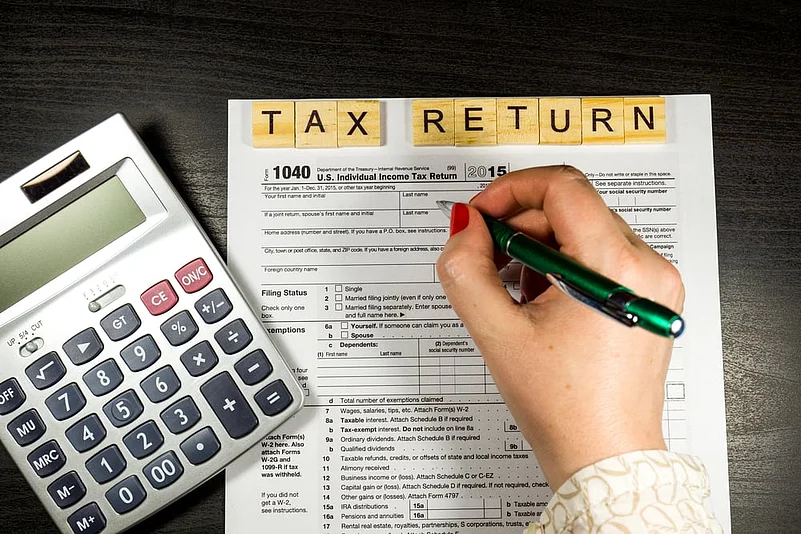Taxpayers, are you wondering how your ITR filing is going to be affected after the revision in tax slabs under the New Tax Regime? You should know that the revised tax rates that came on effect starting July 23, 2024, are going to affect income tax liabilities for returns to be filed in July next year.
For those wrorrying about the changes in the capital gains tax rates (CGTS) should know that the gains they make from asset from CGTS sales following July 23 onwards will be liable to taxation based on the rates mentioned in the Finance Bill 2024.
Applicable Tax Slabs for July 31, 2024:
For financial year (FY) 2023-24, the older tax slabs under the New Tax Regime will apply:
Up to ₹3 lakh: Nil
₹3 lakh - ₹6 lakh: 5%
₹6 lakh - ₹9 lakh: 10%
₹9 lakh - ₹12 lakh: 15%
₹12 lakh - ₹15 lakh: 20%
Above ₹15 lakh: 30%
Old vs. New Tax Regime (FY 2023-24):
Income (Rs) Old Regime | New Regime |
0 - 2.5 lakh 0% 0%
2.5 - 3 lakh 5% 0%
3 - 5 lakh 5% 5%
5 - 6 lakh 20% 5%
6 - 9 lakh 20% 10%
9 - 10 lakh 20% 15%
10 - 12 lakh 30% 15%
12 - 15 lakh 30% 20%
Above 15 lakh 30% 30%
When Should You Choose Old/New Tax Regime?
The old regime is good for those taxpayers who wish to claim multiple deductions, especially for home loan interest or house rent allowance. The new tax regime on the other hand is much simpler with minimum compliance requirements.
Taxpayers have the option to choose between the old and new regimes. The old regime extends multiple deductions and exemptions, while the new regime offers lower tax rates but fewer deductions, except for the standard deduction. Expenses such as home loan interest under Section 24(b) or house rent allowance (HRA) are some popular deductions claimed under the old tax regime.
The Union Budget 2023 had raised the income tax threshold from Rs 5 lakh to Rs 7 lakh, under the new regime. This was accompanied by an increase in the basic exemption limit and adjustments to tax slabs and rates.














